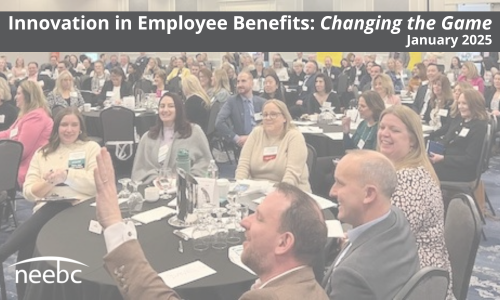 Technology is transforming health care with enhanced data insights, personalized solutions, and simpler tools that help members achieve their health ambitions.
Technology is transforming health care with enhanced data insights, personalized solutions, and simpler tools that help members achieve their health ambitions.
With three out of five Americans saying the health care system is stressful to navigate, technology – AI specifically – is transforming employee plan member experiences.1 This is important as positive experiences improve outcomes and reduce high-cost services such as avoidable emergency room visits.2 Encouragingly, the shift is already underway and Americans are embracing the change, with one in five ready to use generative AI as a doctor’s assistant, and most are willing to use AI to help support routine health care activities, like scheduling appointments, refilling medications and updating contact details.3


 Pelvic floor pain for women can be caused by many factors. Your employees or their family members shouldn’t have to suffer alone. Learn about the different treatment options and expert recommendations that you can share with your workforce and their loved ones.
Pelvic floor pain for women can be caused by many factors. Your employees or their family members shouldn’t have to suffer alone. Learn about the different treatment options and expert recommendations that you can share with your workforce and their loved ones.  Did you know that women make up
Did you know that women make up  For a third consecutive year, The NEEBC community gathered to connect and learn about ever-developing innovations making a difference for the workforce. NEEBC’s January 23
For a third consecutive year, The NEEBC community gathered to connect and learn about ever-developing innovations making a difference for the workforce. NEEBC’s January 23